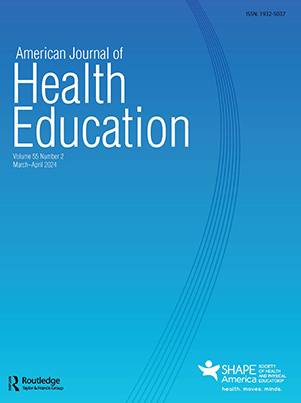 AJHE Table of Contents
AJHE Table of Contents
Trends in Complementary Health Approach Use Among U.S. College Students: A Systematic Review and Meta-Analytic Comparison, 2012–2023
Amy Versnik Nowak, Cassaundra Mohawk, Amy Harris & Carrie Warmka

Complementary health approaches (CHAs), such as herbals, acupuncture, yoga, and meditation, have become more prevalent in scientific research and literature to describe the combined use of health care systems, products, therapies, or services that are not typically part of conventional medical care (e.g., use of physicians, nurses, pharmacists, therapists). Previously reported as complementary and alternative medicine (CAM), CHAs have also been called natural remedies; holistic healthcare; and traditional, non-mainstream, unconventional, complementary, alternative, integrative, unorthodox, or unproven medicine. In contrast to conventional medical care, CHAs are typically not taught in medical schools, not covered by insurance, have less regulation, may or may not require a healthcare provider, and may be less studied for efficacy. However, people perceive CHAs as natural, lowrisk, and more easily accessible and affordable than conventional care. People seek CHAs for a variety of nutritional, psychological, and/or physical health reasons.
Over the past several decades, CHA use has increased worldwide, with 88% of World Health Organization countries assessing CHA use among their residents. CHA use varies greatly by country, with 10% to 76% of samples reporting use of one or more types of CHAs. Across published studies, reported CHA use was higher in East Asian countries (56–76%) than countries in other parts of the world; and prayer for health reasons was the most reported CHA used in United States and East Asian samples. However, direct comparison of CHA use between countries is limited due to variations in how CHA use was defined and measured. Across all studies in a 2020 systematic review of international CHA use, perceived benefits of CHA use, dissatisfaction with conventional medical care, and perceived safety of CHAs were the most commonly reported reasons that people use CHAs, regardless of geographical location. In African populations, affordability, accessibility, and tradition were top factors in CHA use, while social networks and locus of control were top factors in CHA use in Asian and Western populations, respectively.
To read the rest of this article, click here to download a pdf.